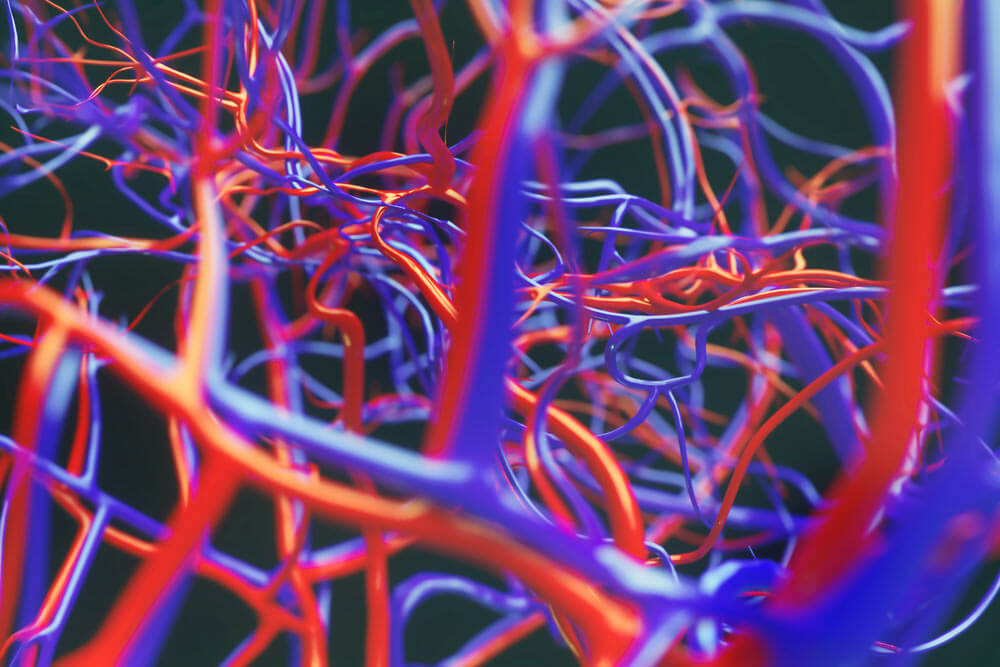An artery or vein or a graft that has been used to replace an artery or vein can get infected by bacteria, viruses or fungus. The infection flows through your bloodstream, and may cause you to become very sick with fevers, chills and weight loss. The infection could occur within months of the replacement procedure or many years later.
Your own arteries and veins very rarely get infected. However, a graft or stent-graft is a foreign body and is susceptible to infection; it happens in approximately 1-2 cases out of every 100.
MUST BE TREATED, CAN BE LIFE-THREATENING
Antibiotics are used but often are not sufficient to clear the infection. In most cases, the artery, vein or graft needs to be removed. If infected grafts are not removed, many of them will slowly decay and can break open, bleed excessively and potentially cause loss of a limb, or even death.
GO IMMEDIATELY TO THE NEAREST EMERGENCY ROOM IF…
If you have a fever, chills, or notice cloudy drainage from an incision after a graft is placed, get immediate help. Be alert for other symptoms listed below.
Symptoms
MAY BE ABSENT
You may have no symptoms.
MAY FEEL LIKE THE FLU
You may have a fever, chills, night sweats, pain, muscle pain.
PROBLEM WITH AN OLD INCISION
You may notice cloudy or foul-smelling fluid draining from an old incision.
BLUE SPOTS
You may notice blue spots on your feet.
Causes
Usually, vascular infections occur when a graft or stent-graft is placed and Staphyloccocus bacteria from the skin contaminates the graft during the procedure.
Any infection that can enter the bloodstream – such as a sever urinary tract infection, infection in your heart valves or severe food poisoning – could stick to the plastic graft and infect it.
Diagnosis
If you have a fever, chills, or cloudy drainage from an incision, no matter its age, get immediate help. Be alert for other symptoms listed above.
TESTS MAY BE NEEDED
- A white blood cell (WBC) count to look for infection.
- Computed tomography (CT) scan and/or an ultrasound.
- In some cases, a white blood cell (WBC) scan is performed. WBCs are separated from a sample of your blood and are tagged with a marker agent. The tagged WBCs are returned to your bloodstream by injection. Hours later or the next day, a special scan is taken. The scan can pinpoint places in your body that have a vascular infection.
Treatments
ANTIBIOTICS are an important first step in treating vascular infections. Ideally, before you start the medicine, a sample of the fluid or tissue involved in the infection will be analyzed to help identify the type of infection you have, and make it easier to pick the best antibiotic treatment.
SURGERY is usually recommended and scheduled for the near future. The infected graft, artery or vein is removed and replaced with another graft soaked in antibiotics, or with a section of one of your own veins, or with a cadaver vein. If the affected artery or graft is blocked and you don’t need it, the infected graft can be removed without being replaced.
EMERGENCY SURGERY is rare, but sometimes needed. For example, if you are very sick, the infection has caused sepsis, or you are bleeding from the graft, emergency surgery is necessary to control the infection and take lifesaving measures.
Staying Healthy
To help prevent vascular infections:
- Keep good skin hygiene, especially before and after a vascular procedure.
- Follow instructions for using antibiotics before and after surgery.
- Follow instructions for caring for your incision after surgery.
- Watch for any of the symptoms above. If they occur, notify your vascular surgeon immediately.
